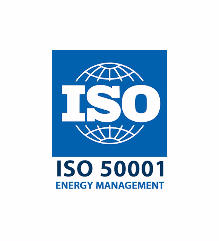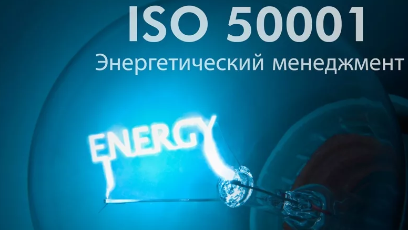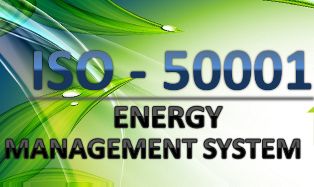
What is energy management?
What does it give for business and for whom is it intended?
BELLIS specialists developed the first edition of GOST ISO 50001 “Energy Management Systems. Requirements and usage guidelines ”(IDT, ISO 50001: 2018). Development is included in the ASG-2019 (topic 2.1.1-001.19) and was carried out at the organization’s own expense.
For consideration and discussion, the draft GOST ISO is posted on the Internet on the website of the State Standard for interested organizations of the Republic of Belarus and in the AIS of the IGU for consideration by national standardization bodies of the states parties to the Agreement.
Today, energy is a critical part of the costs that need to be managed effectively. Currently, systemic energy management is one of the key factors in increasing the efficiency of energy-saving activities of organizations and ensuring its sustainability.
GOST ISO 50001 establishes the requirements applicable to the use and consumption of energy, including: measurement, documentation and reporting, design and purchase of equipment; systems, processes, personnel affecting energy efficiency and energy consumption.
The interstate standard GOST ISO 50001 is intended for organizations interested in improving energy efficiency and improving their energy performance regardless of size, type of activity, geographical and cultural features.

In accordance with the “Plan of State Standardization of the Republic of Belarus for 2019” (topic: 2.1.1 - 001.19), BELLIS is developing the GOST ISO 50001 “Energy Management Systems. Requirements and usage guide. ”
The goal of developing an interstate standard is to harmonize with the international standard ISO 50001: 2018 the requirements for the creation, application, maintenance and improvement of the energy management system.
Completion date: September 2020
The developed interstate standard will act instead of STB ISO 50001-2013.

Reducing energy consumption and improving energy efficiency are the main issues on the global climate change agenda.
In June 2011, a momentous event took place - the International Organization for Standardization (ISO) issued the ISO 50001 (50001: 2011) standard, accumulating best practices and bringing to the international level the methodology of the energy management system, which was previously presented by the national standards of several countries.
ISO 50001, Energy Management Systems. Requirements and guidelines for use, has affected the change in energy performance worldwide since its publication in 2011. The implementation of the standard resulted in an increase in energy efficiency indicators. The standard is the basis for managing energy performance and solving problems associated with energy costs; at the same time, it stipulates that companies will reduce their environmental impact to achieve energy targets, reducing emissions.
According to a survey conducted by ISO representatives, by the end of 2016, a total of 20 2016 certificates were issued.
Like all international standards, ISO 50001 is periodically reviewed to meet the needs of the energy sector. This work is carried out by the ISO Technical Committee responsible for energy management and energy conservation (ISO / TC 301), whose secretariat is maintained by ANSI, a member of ISO from the USA, in collaboration with ISO member from China SAC
In August 2018, a new version of the international standard ISO 50001: 2018 “Energy Management Systems - Requirements with Application Guidelines” was published.
The second edition of the standard that has been released cancels and replaces the first edition (ISO 50001: 2011), which has been revised. According to the rules of the International Accreditation Forum (IAF) and the International Organization for Standardization (ISO), after the publication of the new version of the standard, a 3-year transition period is announced.
The main changes to the standard were as follows:
adoption of ISO requirements for standards for management systems, including a high-level structure, an identical key text, as well as general terms and definitions, to ensure a high level of comparability with other standards for management systems;
higher degree of integration with strategic management processes;
clearer language and document structure;
stricter emphasis on the role of senior management;
adoption of a semantic procedure for constructing terms and their definitions in section 3 and clarification of some definitions;
inclusion of new concepts, including improvement of energy performance indicators;
clarification on the elimination of energy;
clarification of the concept of "energy analysis";
introduction of the concept of normalization of energy performance indicators and related basic values of energy performance;
additional clarification of the energy data collection plan and related requirements (previously - energy measurement plan);
a clearer presentation of the text relating to energy performance indicators and basic values of energy indicators in order to provide a better understanding of these concepts.
-
18 December 2024



